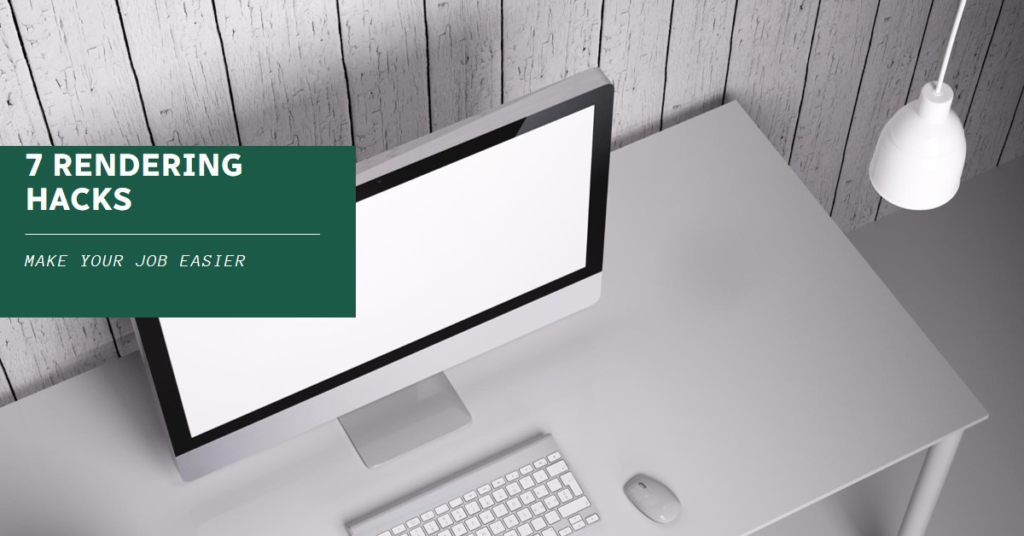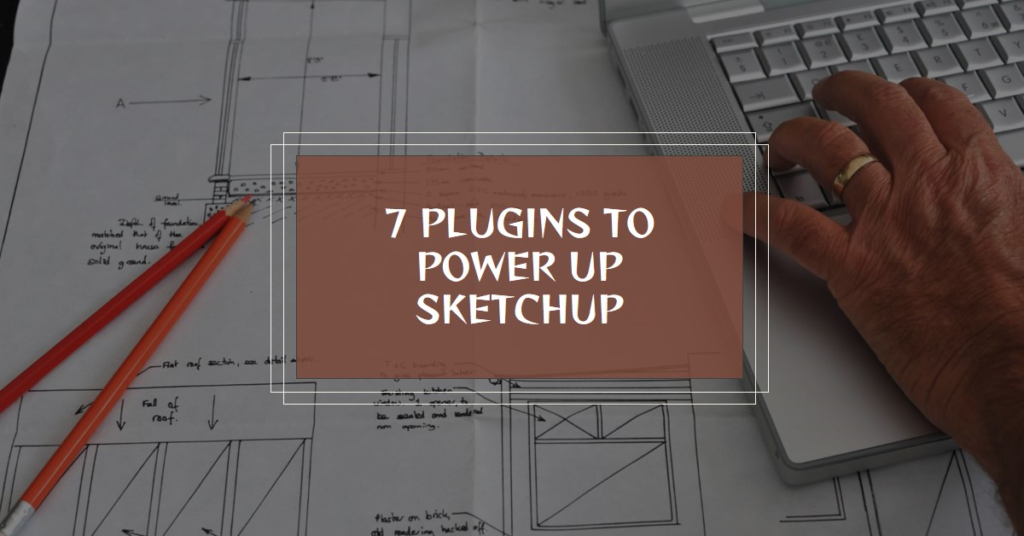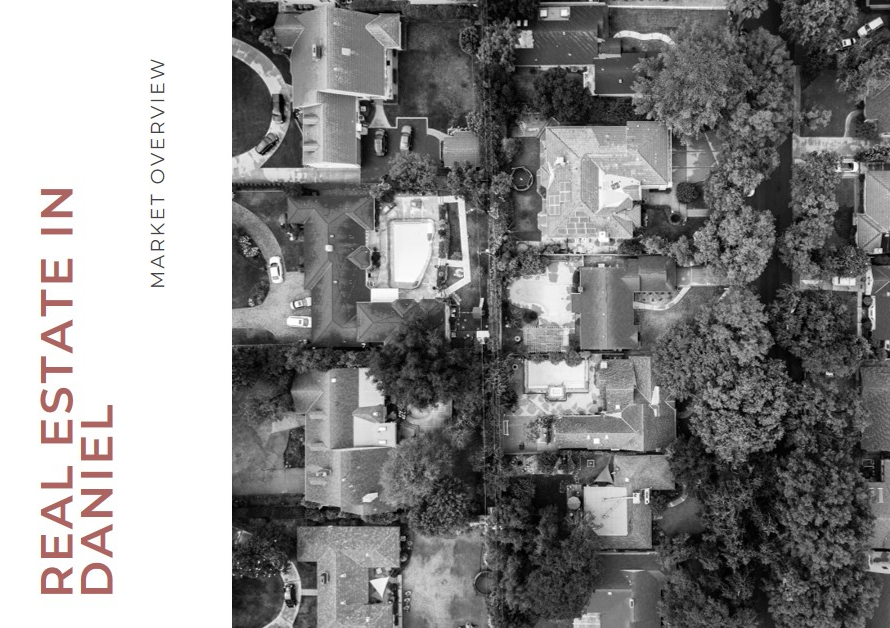
Table of Contents
Rendering Hacks, Rendering is a crucial aspect of the design process, transforming 3D models into lifelike visualizations that showcase the beauty and functionality of architectural and design concepts. However, rendering tasks can sometimes be complex and time-consuming, requiring efficient workflows and techniques to achieve optimal results. In this comprehensive guide, we unveil ten expert rendering hacks that will streamline your workflow, improve productivity, and elevate the quality of your renders, making your job as a designer or visual artist much easier and more rewarding.
1. Optimize Model Geometry for Faster Rendering (Rendering Hacks)
Before diving into rendering, optimizing your model’s geometry can significantly speed up rendering times and improve overall performance. Simplify complex geometry where possible, especially in areas that won’t be prominently featured in the final render. Use techniques like proxy objects or simplified versions of detailed components to maintain visual fidelity without overloading your rendering software.
2. Utilize Pre-made Materials and Textures
Save time and effort by leveraging pre-made materials and textures from reputable libraries or online resources. These libraries offer a wide range of high-quality materials, including wood, concrete, metals, fabrics, and more, ready to be applied to your models with minimal adjustments. By using pre-made materials, you can achieve realistic textures quickly and focus on refining other aspects of your scene.
3. Harness the Power of Lighting Presets
Take advantage of lighting presets available in your rendering software or third-party plugins. Lighting presets offer pre-configured setups for various scenarios such as daylight, nighttime, studio lighting, and interior scenes. Using these presets as a starting point not only speeds up the lighting setup process but also ensures consistency and realism in your renders, especially when dealing with complex lighting environments.
4. Opt for GPU Rendering for Speed and Efficiency
Consider using GPU rendering engines for faster and more efficient rendering workflows. GPU rendering utilizes the processing power of graphics cards to accelerate rendering tasks, resulting in significantly reduced render times compared to CPU rendering. Popular GPU rendering engines like OctaneRender, Redshift, and V-Ray GPU offer excellent performance and scalability, allowing you to render high-quality images and animations swiftly.
5. Explore Render Farm Services for Scalability
For large-scale rendering projects or tight deadlines, render farm services provide a scalable solution by distributing rendering tasks across multiple machines or servers. Cloud-based render farms offer fast processing speeds, support for various rendering engines, and cost-effective pay-per-use models, making them ideal for handling complex scenes and high-resolution renders without overwhelming your local hardware.
6. Leverage Proxy Objects for Complex Scenes
When working with complex scenes containing numerous high-polygon objects, use proxy objects or instances to reduce memory usage and optimize rendering performance. Proxy objects replace detailed geometry with simplified versions during the rendering process, allowing you to maintain scene complexity during modeling and design stages while ensuring efficient rendering without sacrificing quality.
7. Master Depth of Field for Cinematic Effects
Add depth and realism to your renders by mastering the use of depth of field (DOF) effects. DOF simulates the focal blur that occurs in real cameras, emphasizing focal points while gradually blurring foreground or background elements. By strategically applying DOF in your renders, you can draw attention to key elements, create cinematic effects, and enhance the overall visual impact of your scenes.
8. Use Render Elements for Post-Production Flexibility
Employ render elements or render passes to gain greater control and flexibility during post-production and compositing stages. Render elements separate different components of your scene such as diffuse lighting, reflections, shadows, and ambient occlusion into individual layers or channels. This separation allows you to fine-tune specific aspects of your render in image editing software like Photoshop or compositing software such as After Effects, enhancing overall image quality and artistic control.
9. Embrace Denoising Techniques for Cleaner Renders
Combat noise and graininess in your renders by incorporating denoising techniques offered by modern rendering engines or standalone denoising tools. Denoising algorithms intelligently remove noise while preserving essential details, resulting in cleaner and smoother renders without excessive render times. Experiment with denoising settings to find the right balance between noise reduction and maintaining image clarity.
10. Stay Updated with Software Updates and Tips


Lastly, stay informed about software updates, new features, and rendering tips from online communities, forums, and tutorials. Software updates often introduce performance enhancements, bug fixes, and new rendering capabilities that can improve your workflow and output quality. Engage with fellow artists, share experiences, and learn from industry experts to continuously refine your rendering skills and stay ahead in the ever-evolving world of digital visualization.
By incorporating these expert rendering hacks into your workflow, you’ll streamline processes, achieve faster render times, and elevate the visual quality of your architectural visualizations, product renders, and creative projects. Experiment with different techniques, tools, and workflows to find what works best for your specific projects and preferences, and enjoy a more efficient and rewarding rendering experience.


